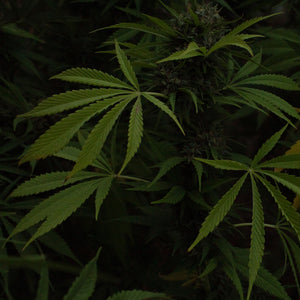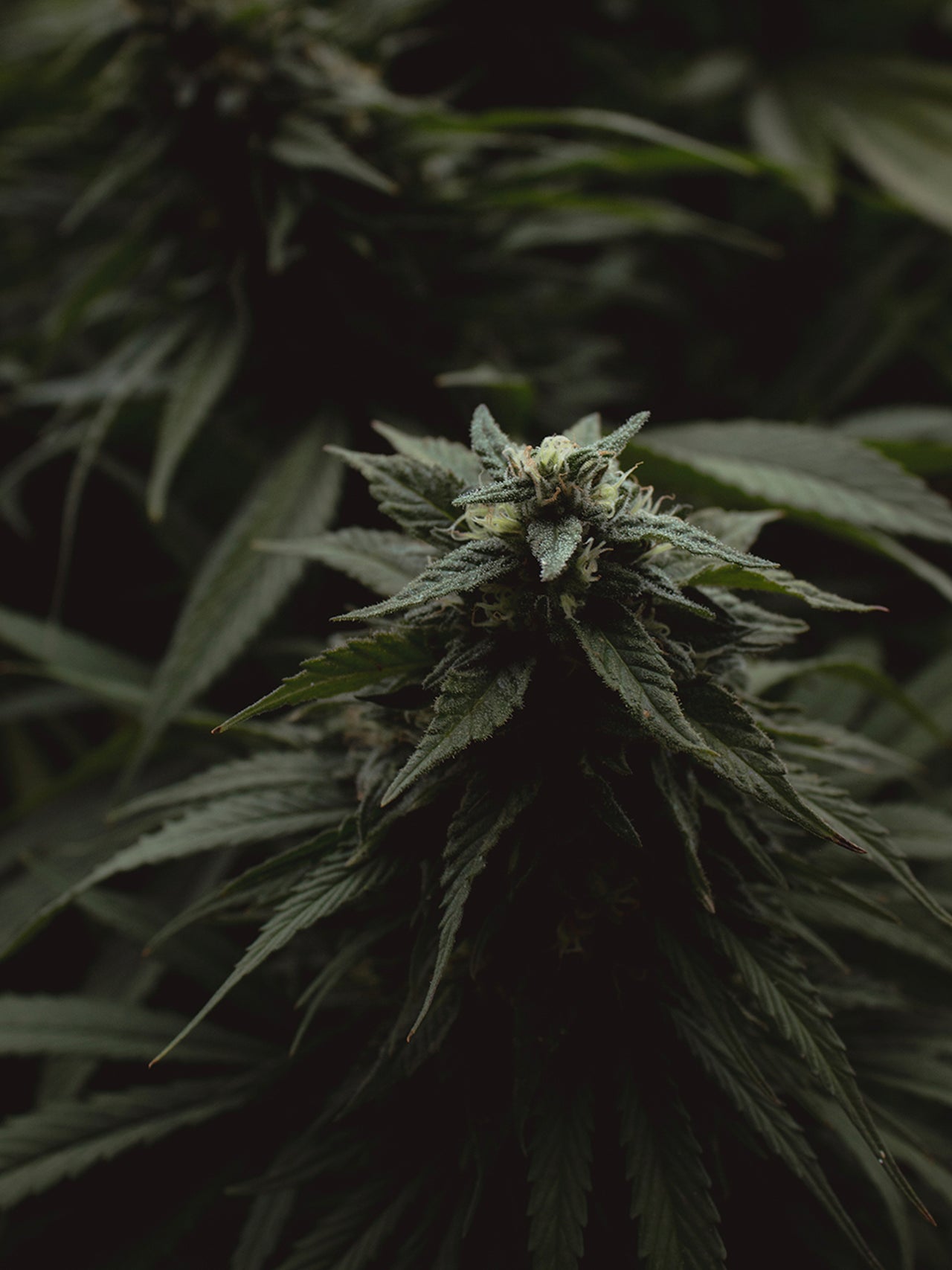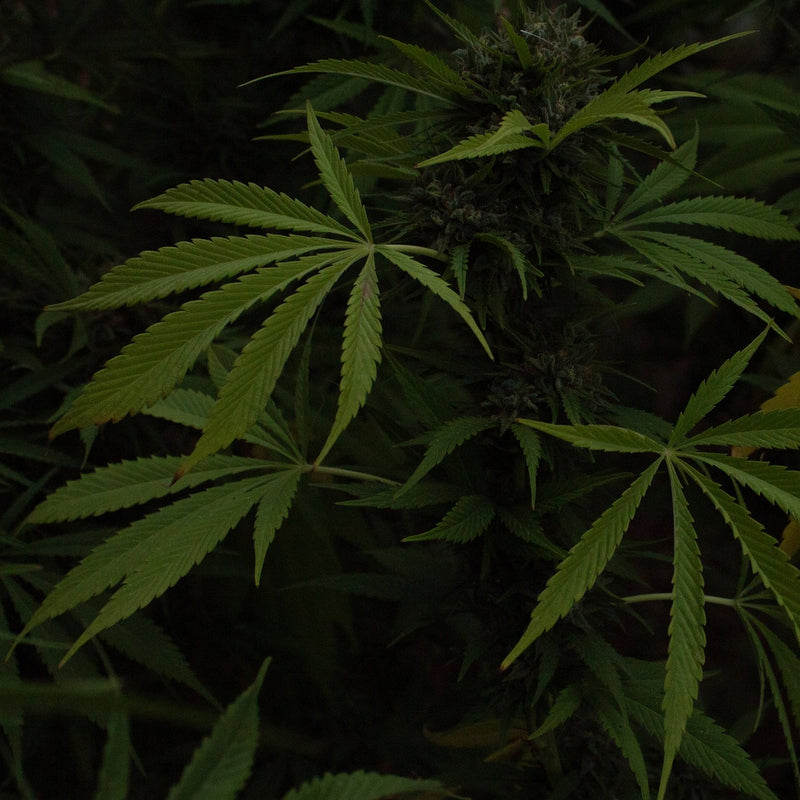The Endocannabinoid System
All mammals have an endocannabinoid system (ECS) which is involved in a number of crucial life functions, including initiating a host of physiological and psychological changes needed to adapt to our ever-changing internal and external environments. The ECS regulates nearly all systems in the body and is stimulated by both endocannabinoids and cannabinoids from plants.
Endocannabinoids are naturally occurring compounds within the human body that are nearly identical in structure to cannabinoids found in the cannabis plant. "Endo" in endocannabinoid stands for "endogenous," which means they originate within the body.
The endocannabinoid system is a complex network of receptors (CB1 and CB2 receptors), endocannabinoids, and enzymes (FAAH and MAGL) that help regulate many bodily functions, including pain, inflammation, mood, appetite, sleep/wake cycles, and immune response. When there is an imbalance in the body, the endocannabinoid system acts to restore equilibrium, which is why it is considered to be the most important body system for maintaining homeostasis.
The ECS is often referred to as the “master regulator.” It is the body’s largest regulatory system that operates much like a lock and key. When an endocannabinoid in the body or a phytocannabinoid from the cannabis plant binds to, or unlocks, a receptor in the body, a complex chain of events takes place throughout the body to achieve homeostasis in that specific organ or system.
The similarity between endocannabinoids and cannabinoids from the cannabis plant allows for the interaction between external cannabinoids (like THC and CBD) and the endocannabinoid system, which is why there are so many potential therapeutic effects of cannabis.
The two primary endocannabinoids identified so far are:
Anandamide (AEA) is often referred to as the “bliss molecule." Its name is derived from the word andada, in Sanskrit meaning “joy, bliss, or happiness." AEA is a “key” molecule which is produced endogenously in the brain. AEA binds equally with CB1 and CB2 receptors. It enhances pleasure, destroys numerous types of cancers and assists in a myriad of other functions. This endocannabinoid has been associated with the “runner’s high” and is thought to contribute to the feeling of joy and relaxation.
2-arachidonoyl glycerol (2-AG) is an “on demand” endocannabinoid which has a greater affinity for the CB2 receptors. is the most abundant endocannabinoid in the body. Similar to Anandamide, 2-AG has been associated with pain relief, suppression of vomiting and stimulation of appetite and the inhibition of tumor growth.
Researchers have discovered three other endocannabinoids produced in the body and over 100 other phytocannabinoids found in the cannabis plant, and much of the clinical research about the ECS is fairly recent.
Endocannabinoids are naturally occurring compounds within the human body that are nearly identical in structure to cannabinoids found in the cannabis plant. "Endo" in endocannabinoid stands for "endogenous," which means they originate within the body.
The endocannabinoid system is a complex network of receptors (CB1 and CB2 receptors), endocannabinoids, and enzymes (FAAH and MAGL) that help regulate many bodily functions, including pain, inflammation, mood, appetite, sleep/wake cycles, and immune response. When there is an imbalance in the body, the endocannabinoid system acts to restore equilibrium, which is why it is considered to be the most important body system for maintaining homeostasis.
- CB1 receptors are primarily found in the central nervous system, throughout the brain and spinal cord, in the thyroid, lungs, liver, adrenals, ovaries, uterus, testes, and prostate.
- CB2 receptors are primarily found in the immune system and in the eyes, heart, stomach, pancreas, digestive tract, bones, and skin.
The ECS is often referred to as the “master regulator.” It is the body’s largest regulatory system that operates much like a lock and key. When an endocannabinoid in the body or a phytocannabinoid from the cannabis plant binds to, or unlocks, a receptor in the body, a complex chain of events takes place throughout the body to achieve homeostasis in that specific organ or system.
The similarity between endocannabinoids and cannabinoids from the cannabis plant allows for the interaction between external cannabinoids (like THC and CBD) and the endocannabinoid system, which is why there are so many potential therapeutic effects of cannabis.
The two primary endocannabinoids identified so far are:
Anandamide (AEA) is often referred to as the “bliss molecule." Its name is derived from the word andada, in Sanskrit meaning “joy, bliss, or happiness." AEA is a “key” molecule which is produced endogenously in the brain. AEA binds equally with CB1 and CB2 receptors. It enhances pleasure, destroys numerous types of cancers and assists in a myriad of other functions. This endocannabinoid has been associated with the “runner’s high” and is thought to contribute to the feeling of joy and relaxation.
2-arachidonoyl glycerol (2-AG) is an “on demand” endocannabinoid which has a greater affinity for the CB2 receptors. is the most abundant endocannabinoid in the body. Similar to Anandamide, 2-AG has been associated with pain relief, suppression of vomiting and stimulation of appetite and the inhibition of tumor growth.
Researchers have discovered three other endocannabinoids produced in the body and over 100 other phytocannabinoids found in the cannabis plant, and much of the clinical research about the ECS is fairly recent.








LEARN MORE ABOUT CBD
SHOP CBD











